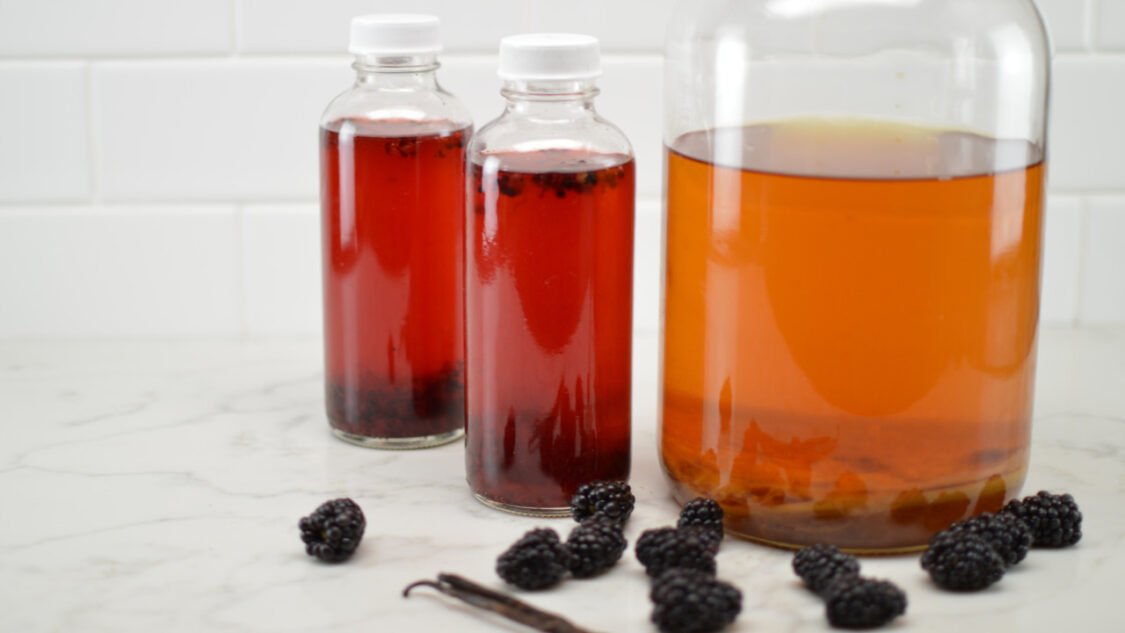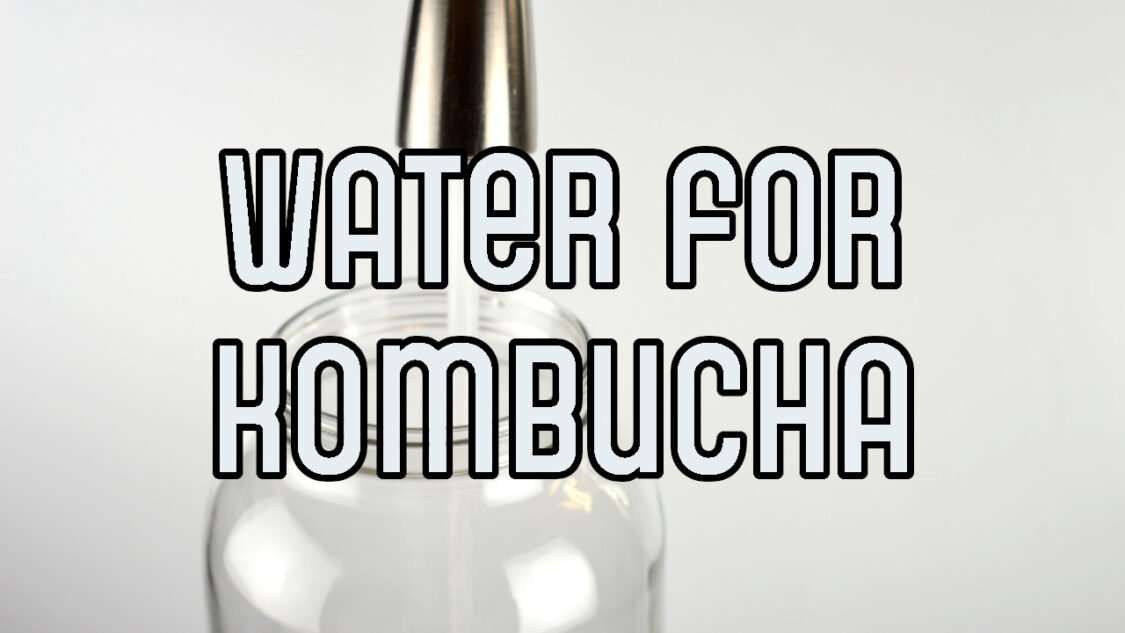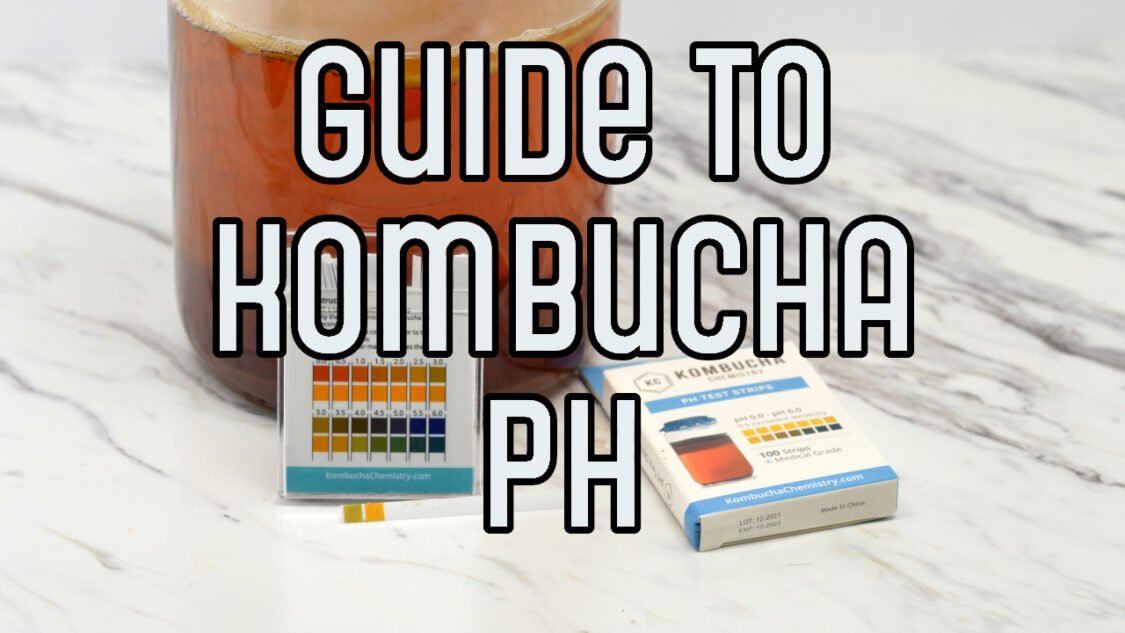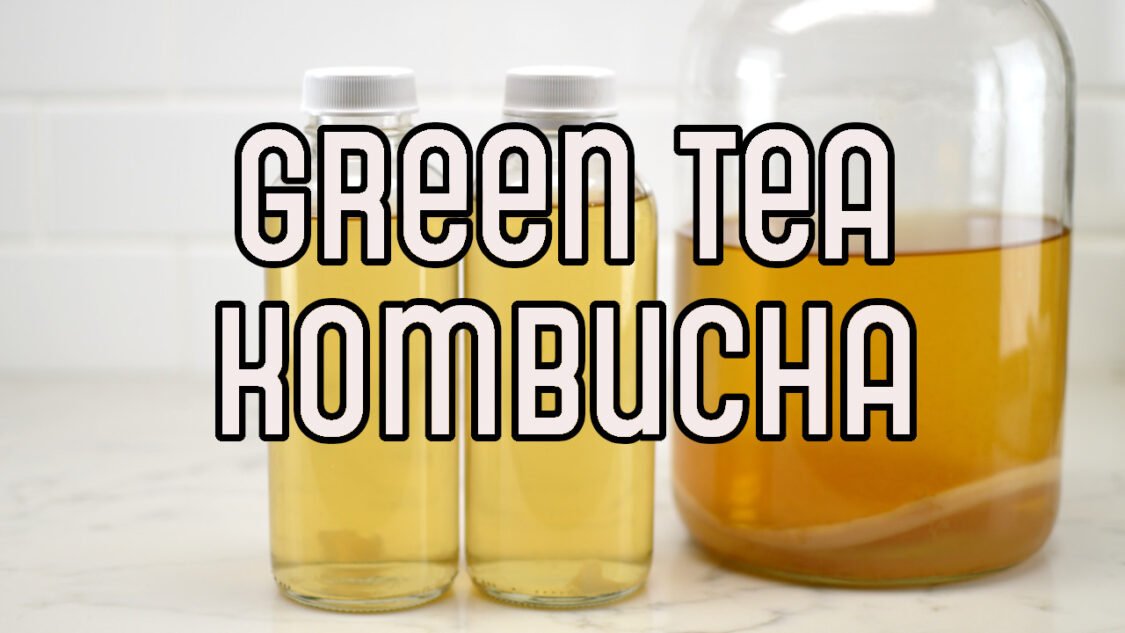Is Kombucha Keto?
Is Kombucha Keto friendly? Can it be made more keto friendly? Can people on a keto diet enjoy kombucha?

What is Keto?
Keto is short for ketogenic or ketogenic diet characterized as a very low-carb, high fat diet.
The ketogenic (or keto) diet is structured around a high fat, low carb regimen that puts the body into a metabolic state of ketosis, where your body burns fat more efficiently which leads to weight loss. People on a keto diet are restricted to the number of carbs they can consume in one day. Your body will leave ketosis by consuming more than this limit.
Most people on a keto diet try to remain below 20 grams of carbohydrates per day (20 grams carbohydrates is about 1/2 cup of pasta or white rice or 1/2 a hamburger bun.) A common question among those on a keto diet is can you drink kombucha and remain in ketosis? The answer is yes, if consumed in moderation.
WHAT IS KOMBUCHA?
Kombucha is a sweetened tea fermented by a SCOBY (Symbiotic Culture of Yeast and Bacteria) to create a pleasantly tart, carbonated beverage. The bacteria and yeast in the SCOBY consume the sugar in the tea, producing unique flavors, acidity, and carbonation.
Although sugar is needed to make kombucha, very little remains after the microbes in the SCOBY finish their work of breaking it down into new compounds.
Is Kombucha Keto Friendly?
It depends. Some carbohydrates are inevitable in kombucha since it starts with sweet tea. The SCOBY “eats” most of the sugar by the end of the fermentation. Small amounts of sugar aren’t consumed during fermentation and remain in the finished kombucha. The exact amount leftover depends on a variety of factors such as fermentation temperature, duration and sugar/flavors added at bottling.
For store-bought kombucha, you can simply read the label and know exactly how many carbs and grams of sugar are in each serving. Typically they range from 6-12 carbs per 8oz serving of kombucha. Even on the low end at 6 carbs that is a large portion of your daily carb limit so perhaps a smaller serving might be in line.
Some brands add more sugar to sweeten their finished brew a bit or they may ferment the kombucha in a second fermentation with additional flavors and fruits to complement the tangy taste of the natural kombucha. This second fermentation results in more residual sugar in the kombucha, making it impractical for those on a keto diet.
For a more in-depth look at the sugar content of kombucha and where it comes from review how much sugar is in kombucha.

Can you make keto-friendly kombucha?
The simplest way to ensure that your kombucha is low carb is to ferment it for longer; 21-30 days is best. The yeast will continue to consume the sugars until the end of the fermentation, leaving you with less and less residual sugar as time goes on.
The longer the fermentation goes, kombucha will become more strongly acidic. One method to make it more drinkable in this state is to dilute the kombucha with seltzer water at 4 ounces of kombucha to 12 ounces seltzer water. Opting for flavored seltzer is the most practical way of consuming kombucha on a keto diet. You get flavor and carbonation without a minimal amount of carbs.
What about using less sugar when brewing kombucha?
The sugar in the sweet tea provides the nutrients for the SCOBY during the fermentation. Using less sugar initially means that the SCOBY has less nutrients to ensure a strong, healthy fermentation. It’s best to opt for a longer fermentation.
Our article on the best sugar for making kombucha further explains the role sugar plays in the fermentation and helps you choose the sugar to produce the results you’re after.
Tip: try using different tea blends to add flavor to the primary fermentation. Try blending rooibos tea or hibiscus tea with your regular tea blends to add notes of natural sweetness without any added sugar. Other good options are half green and half hibiscus tea or half black and half rooibos.
secondary fermentation for low carb kombucha
The purpose of doing a secondary fermentation is add flavors and carbonation to your kombucha. When you add fruit and/or sugar while bottling your kombucha and let it ferment a little longer, carbonation builds.
Since the secondary fermentation is relatively short, just 3-10 days some of the sugars from second fermentation, either added to create carbonation or from the fruit added for flavoring will remain in the finished kombucha. To reduce the amount of sugar in the final kombucha you can let the secondary fermentation run longer but be aware that your bottles may have excess carbonation and need to be “burped”

artificial sweeteners and Kombucha
You can use artificial sweeteners to add sweetness and flavor in secondary fermentation but they won’t work to build carbonation. The yeast can’t consume it and produce CO2 since the chemical structure differs from real sugar molecules.
Remember to NEVER use artifical sweeteners when growing your SCOBY or in the primary fermentaion as the sugar is needed for the yeast to grow properly.
Conclusion
If you want to include kombucha in your ketogenic diet, you can make a few adjustments. One option is to make the kombucha yourself, using a long fermentation process. The longer the fermentation, the less sugar will be present and the stronger the kombucha will be.
To further reduce the acidity, dilute the fermented kombucha with flavored seltzer water and add low-carb sweeteners for flavor. To ensure you are remaining in ketosis, it’s best to use a ketone test kit as everyone’s body may react differently
Helping you learn to brew kombucha, find inspiration for new kombucha flavors and use kombucha to make kombucha mocktails




